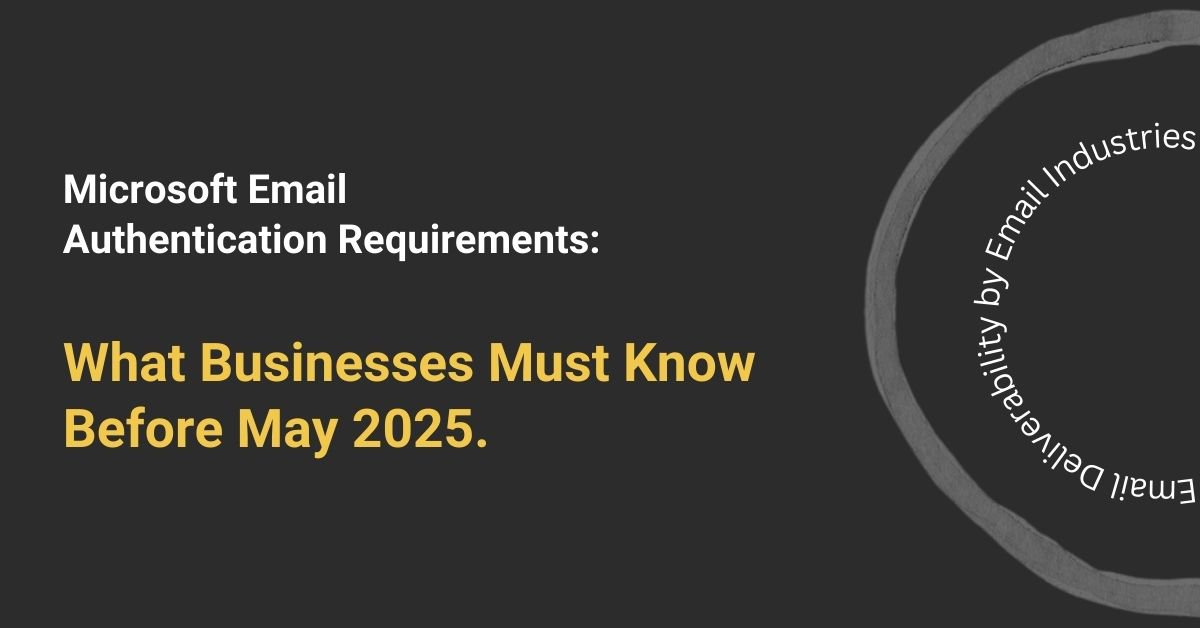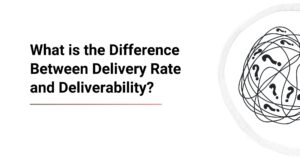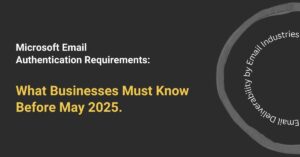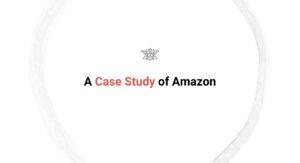As email remains a cornerstone of business communication, ensuring compliance with evolving authentication standards is critical for maintaining deliverability and safeguarding brand reputation.
Our team successfully guided businesses through Google and Yahoo’s stricter authentication requirements in 2024, and we’re now ready to assist with Microsoft’s latest updates. Organizations sending more than 5,000 emails daily must act now to align with these changes, effective May 5, 2025.
Email continues to be a primary vector for phishing, spoofing, and spam, posing risks to both senders and recipients. Microsoft’s new requirements aim to enhance security, reduce fraudulent activity, and foster a more trustworthy email ecosystem. By enforcing stricter authentication protocols, Microsoft seeks to protect users while ensuring legitimate senders enjoy improved deliverability and brand integrity.
Key Requirements for Authentication
For domains sending over 5,000 emails daily, Microsoft will mandate compliance with the following authentication standards:
- SPF (Sender Policy Framework)
- Ensures emails originate from authorized IP addresses or domains.
- DNS records must accurately list approved sending sources.
- DKIM (DomainKeys Identified Mail)
- Uses cryptographic signatures to verify email authenticity and integrity.
- DMARC (Domain-based Message Authentication, Reporting, and Conformance)
- Requires alignment with SPF or DKIM (preferably both) and enforces policies to handle non-compliant emails.
- A minimum policy of `p=none` is required.
Non-compliant emails will initially be routed to the Junk folder, with potential rejection in the future.

Are You Already Compliant?
Many organizations have already updated their authentication settings to meet Google and Yahoo’s 2024 requirements. If your domain has correctly implemented SPF, DKIM, and DMARC, you may already align with Microsoft’s standards. However, a thorough audit is essential to confirm compliance and avoid deliverability disruptions.
Microsoft also recommends adopting the following practices to maintain trust and quality:
- Verified Sender Addresses: Ensure “From” and “Reply-To” addresses align with the sending domain.
- Functional Unsubscribe Links: Provide clear and easy opt-out mechanisms for recipients.
- List Hygiene: Regularly remove invalid addresses to minimize bounces and spam complaints.
- Transparent Practices: Use accurate subject lines, avoid deceptive headers, and ensure recipient consent.
So far there has not been mention of One-Click-Unsubscribe being made a requirement for Microsoft domains, but if you’ve already implemented this for your email program you’re ahead of the game.
Compliance Timeline
- Now – May 2025: Audit and update SPF, DKIM, and DMARC records.
- After May 5, 2025: Non-compliant emails will be routed to the Junk folder.
- Future (Date TBA): Non-compliant emails may be rejected outright.

Next Steps for Businesses
- Conduct a Comprehensive Audit: Verify DNS records and authentication headers to ensure compliance.
- Stay Informed: Monitor Microsoft’s official updates for enforcement timelines and additional requirements.
- Optimize Practices: Align with email hygiene best practices to enhance security and deliverability.
Partner with Us for Seamless Compliance
Having successfully navigated the Google and Yahoo updates, our team is well-equipped to help you meet Microsoft’s new requirements. We’ll conduct a thorough audit of your email authentication setup, identify gaps, and implement the necessary changes to ensure compliance.
Contact us today to schedule a comprehensive review of your email authentication settings and stay ahead of these critical changes.








